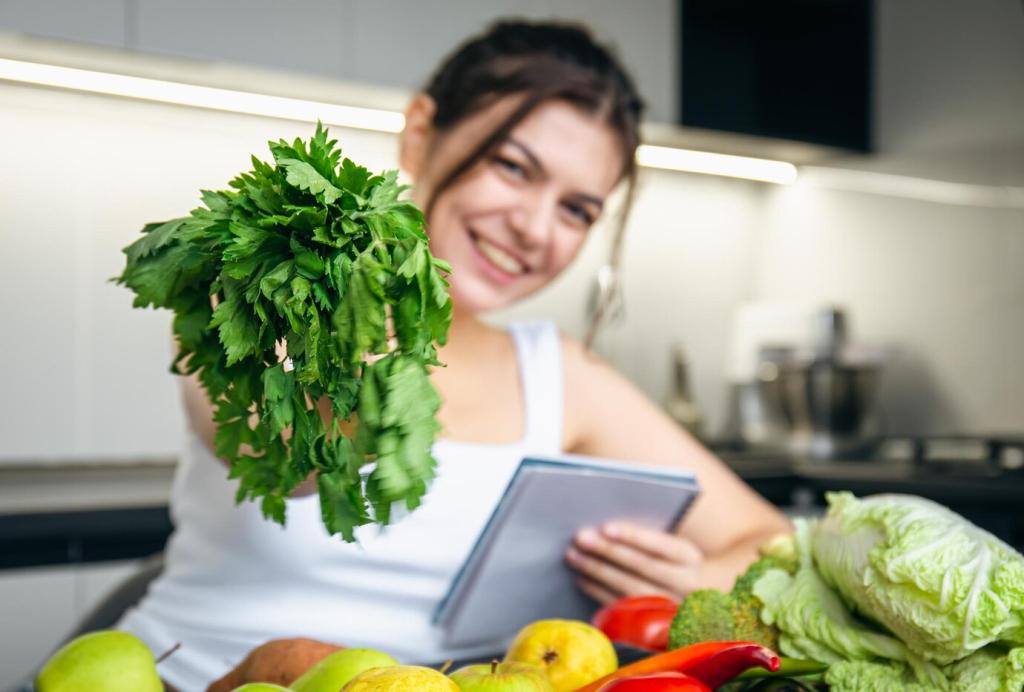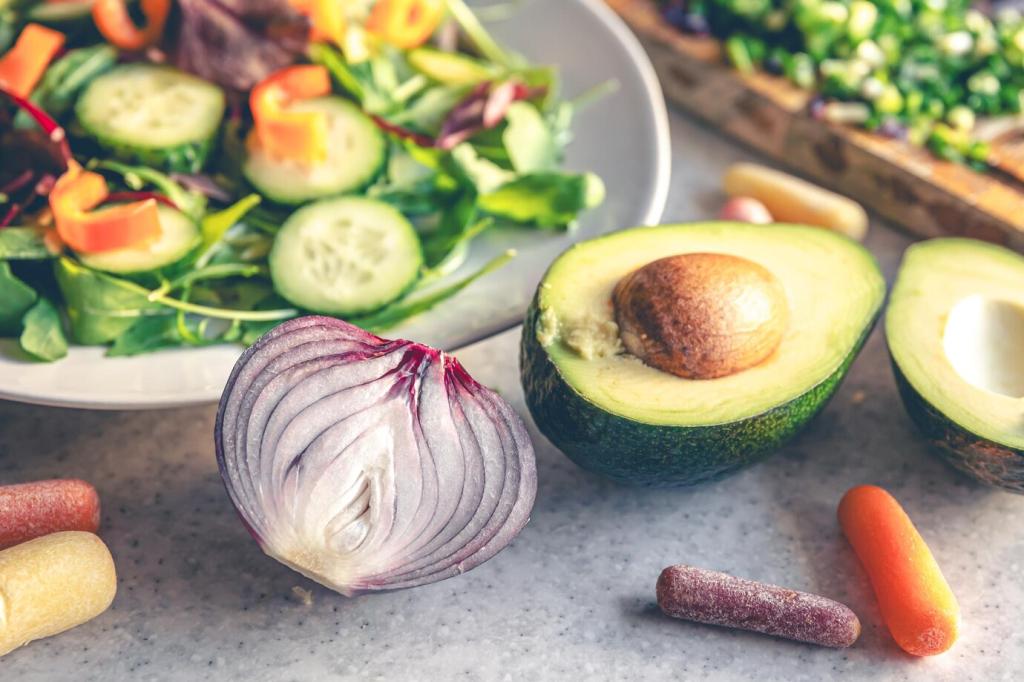Traditions and Flavors Around the World
Tahini whisked with lemon and garlic turns salads and roasted vegetables into satisfying meals, adding calcium, iron, and robust sesame flavor. My grandmother’s tahini dressing was her winter table staple. Try it this week and tell us how you build your own version.
Traditions and Flavors Around the World
Chia in agua fresca and toasted pumpkin seeds in pipián sauces showcase centuries-old ways to add texture, protein, and micronutrients. These dishes feel celebratory yet practical. Have a family recipe featuring seeds? Share the story and help preserve delicious heritage.
Traditions and Flavors Around the World
Warm badam milk infused with saffron and cardamom is a soothing nightcap, marrying comfort with vitamin E richness. Restful routines also support overall immune balance. What spices would you add—nutmeg, ginger, or cinnamon? Tell us, and we might feature your twist.


